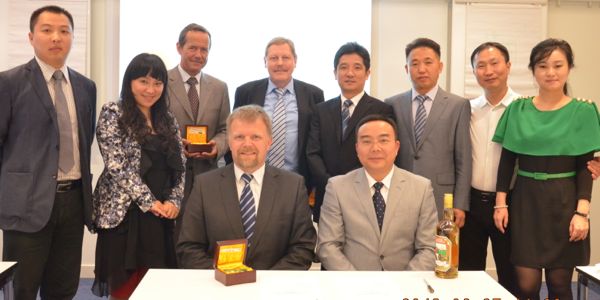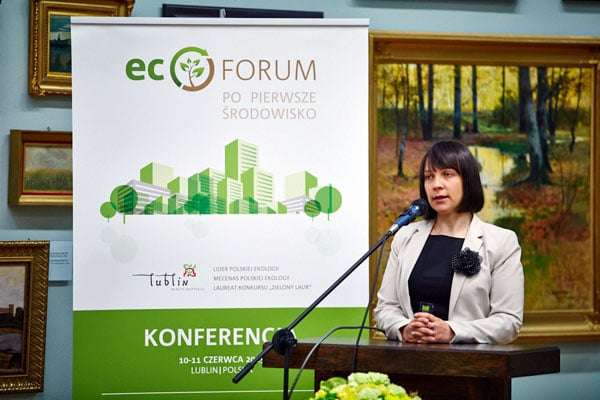Against the background of the EU’s ambitious waste management targets, Norwegian and Polish stakeholders met on Wednesday 14 September in Drammen.
Key topics in the discussions were Scandinavian best practices in waste management and the transition to a circular economy by 2030. At the invitation of the Norwegian Association of Local and Regional Authorities (KS), Green Business Norway (GBN) gave a presentation on Scandinavian best practices in waste management to representatives of the Federation of Polish Cities. The presentation featured solutions that meet the highest standards in terms of circular economy principles and the 2030 targets.
Circular economy
GBN members have extensive experience in developing and implementing best available technologies as the key components of GBN’s concept for circular waste management. GBN believes that user-friendly collection systems, followed by central sorting, recycling and energy recovery, are the best way to ensure an organic, continuous flow of materials, nutrients and energy. 
It was no coincidence that the meeting took place at the headquarters of Lindum AS, the city of Drammen’s waste management company. Lindum was using the recirculation approach to food waste and sewage sludge treatment long before the overall concept of the circular economy emerged.
Thermal hydrolysis
Lindum processes biowaste into compost, soil, fertilizer, heat, electricity and fuel. In the process, nutrients are recycled and energy is recovered. One of the main components of Lindum’s circular biowaste management system is a biogas plant where 22,000 tonnes of sewage annually, plus almost 10,000 tonnes of food waste, fats and septic waste, is transformed into 2.4 million cubic metres of biogas and 11,000 tonnes of digestate for biofertilizer. The digestion process at the Lindum biogas plant is preceded by Cambi Thermal HydrolysisTM – a patented process that results in higher biogas yield, process optimization, pathogen elimination and better digestate quality. “The Lindum biogas plant clearly illustrates the benefits of the thermal hydrolysis process,” explained Harald Kleiven, vice-president at Cambi AS. “Compared with conventional anaerobic digestion, the plant produces 30% more biogas. The digestion tanks are just 30% of the traditional size. This is because the input has 11% dry mass content, whereas conventional plants can only accept 3-5% dry material. Like other plants using thermal hydrolysis, Lindum’s biogas facility produces high-quality, pathogen-free digestate well suited to agricultural applications.”
The magic factory Lindum has many years’ experience of turning biowaste into a valuable agricultural product, as well as into energy. Staff from Lindum have therefore been hired to operate GREVE, Norway’s newest biogas plant, in Tønsberg. The magic factory, as it is called, can turn 50,000 tonnes of food waste and 60,000 tonnes of manure into 6.8 million cubic metres of upgraded biogas and 100,000 tonnes of biofertilizer annually. Every molecule of the input material is of value, since even CO2 extracted from the gas can be put to good use in the neighbouring greenhouse. “I have come to Norway in search of tried-and-tested solutions for sustainable development. The concept of circular waste management using modern Scandinavian technologies, already implemented here in Norway, provides an excellent roadmap for any municipality that is serious about preparing to meet the circular economy targets,” concluded Beata J?drzejewska, director of the energy management office in the city of Lublin.
- 160916 1
- 160916 3
- 160916 2




























































































